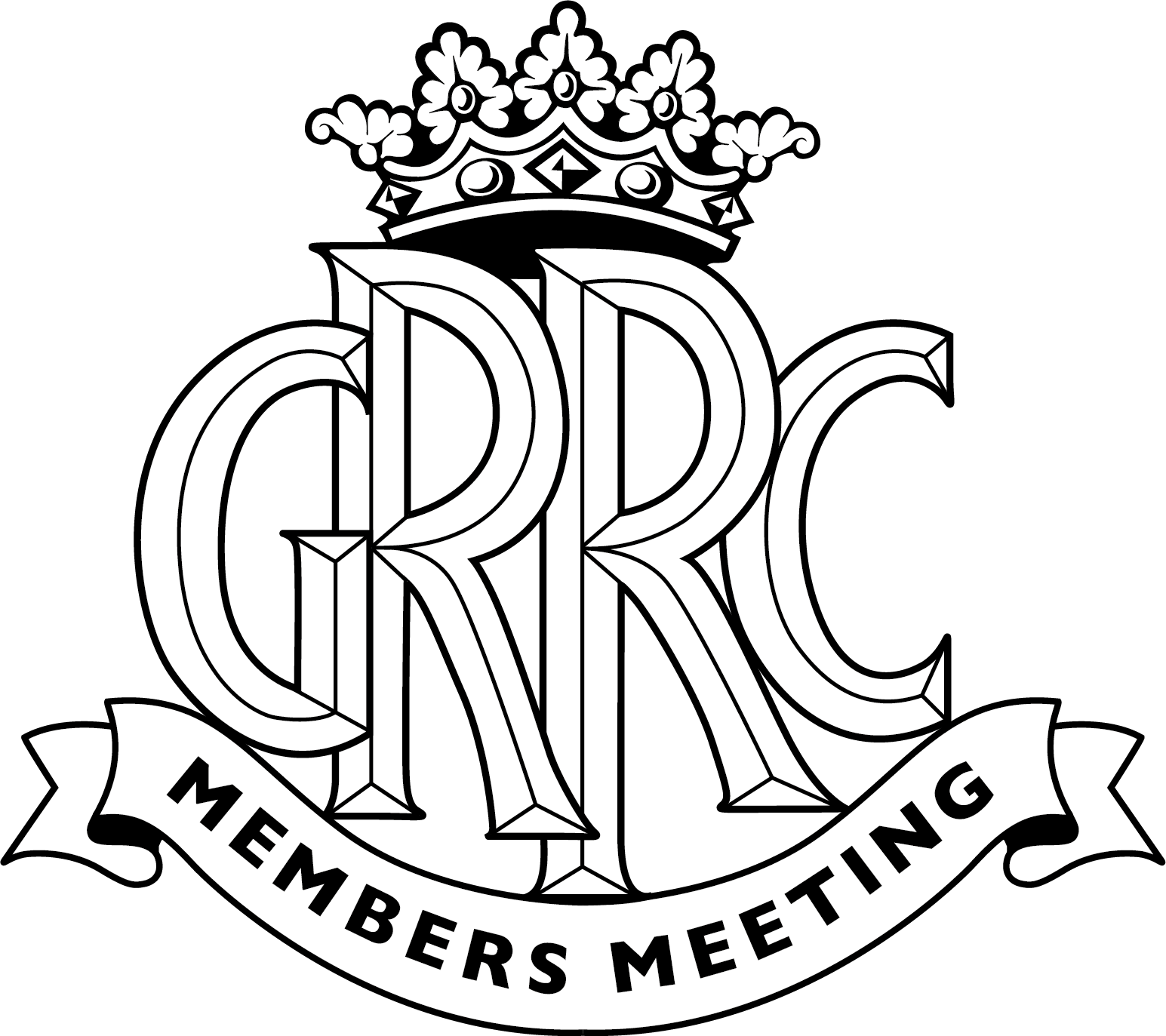The eight best Alfa Romeo racing cars
We weren’t the only ones heartened to see the Alfa Romeo name back on the Formula 1 grid a couple of years ago, and the company has a long and storied history in more than just single seater competition. We take a look back at some of the legendary racing cars to have come out of Milan.

Alfa Romeo RL
What was then still called A.L.F.A (Anonima Lombarda Fabbrica Automobili) had dipped its toe into competition waters before World War One with the 40/60HP model in which a young Enzo Ferrari came second in the 1920 Targa Florio. But it was the firm’s first post-war sports model, the RL, which established what would become established Alfa Romeo competition cues.
Powered by a straight-six engine it was available in Normale, Turismo and Sport guises, as well as the racing version; the RLTF, for Targa Florio. This weighed just half as much as the road versions, and the engine had seven main bearings rather than four and dual carburettors. With nearly double the horsepower of the standard cars it proved formidable in the hands of Antonio Ascari, Giulio Masetti, Enzo Ferrari and Ugo Sivocci. The latter had as his symbol a green cloverleaf on a white background which, after his 1923 Targa Florio win, was adopted as Alfa’s good luck emblem.

Alfa Romeo P2
Building on the success of the RL was the P2, Alfa’s second attempt at a dedicated racing car, the first of which had been the ‘Grand Prix’ prototype based on the 40/60HP. The P2 was the first car to be designed under the auspices of Vittorio Jano, recruited to Alfa Romeo from Fiat by Enzo Ferrari who was by this time running the firm's racing team.
Powered by a straight-eight with a supercharger blowing through two carburettors the car was introduced at the Cremorna circuit in 1924, a race which Antonio Ascari won at an average of 98mph, following this with a 121mph victory in the speed trial. The following year the P2 gave Alfa Romeo the first ever Automobile World Championship title and remained competitive until the early 1930s. Its replacement, the P3, was even more successful in the hands of Tazio Nuvolari and Rudolf Caracciola, and formed the basis of the Scuderia Ferrari privateer racing team.

Alfa Romeo 8C 2300
Having achieved considerable success with the straight-eight in grands prix, it was adopted for Alfa Romeo’s sportscars. The engine itself had a common crankcase but two four-cylinder blocks which were cast with the heads. This removed the risk of head gasket failure but made valve maintenance more difficult. The fact that the engines were stout was proven in the very first year that the 8C debuted with Alfa Romeo winning the 1931 Le Mans 24 hour race. And then doing it again the following three years.
Tazio Nuvolari also took the 8C 2300 to a brace of Targa Florio and Italian Grand Prix doubles in 1931 and 1932. The Flying Mantuan then decidedly earned his nickname behind the wheel of the monstrous Bimotore which used twin-supercharged straight-eights to set a Florence to Livorno speed record of 226mph in 1935.

Alfa Romeo Alfetta 158
When motor racing picked up again after World War Two, most of the cars were pre-war designs, which, as it turned out, suited Alfa Romeo just fine. Originally developed for the voiturette formula the Alfetta 158 debuted in 1938, taking a number of wins straight off the bat before hostilities stopped play. Nine years later its 1.5-litre supercharged straight-eight made it eligible for the new ‘Formula 1 introduced for 1947.
Now with 50 per cent more horsepower than its pre-war incarnation the 158 won eight races in its first two seasons. Then in 1950 a new World Championship was introduced and the 158 utterly dominated in the hands of Giuseppe Farina and Juan Manuel Fangio. It won all 11 of the races into which it was entered, handing Fangio his first title. The following year, updated as the 159, it won a mere six Grands Prix, enough to give Fangio his second title and making the Alfetta one of the most successful racing cars ever built.

Alfa Romeo 33 TT12
Having withdrawn as a full works team at the end of 1951 Alfa Romeo continued on and off as an engine supplier. From the mid-1960s the company’s efforts were focused on the World Sports Car Championship with the long running and gorgeous Tipo 33 series cars. Created largely under the auspices of Alfa Romeo’s competition division, Autodelta, the original four-cylinder car failed to make an impression. A V8-powered replacement the 33/2 was more successful; during a Porsche dominated era it took class wins at le Mans, the Targa Florio, Nürburgring and Monza.
Under continuous development, by 1973 the 33 series cars had a tubular chassis and 3.0-litre flat-12 engine developing 500 horsepower. Designated the 33 TT 12 after this engineering combination the car dominated the 1975 season, winning seven of eight races and taking the World Championship for Makes. Its successor for 1977 the 33 SC 12 did one better, winning every single race and the championship. A version of this car, the SC12 Turbo, was one of the first to introduce separate turbocharging for each bank of cylinders.

Alfa Romeo GTA
The Alfa Romeo Giulia GTV is undoubtedly one of the prettiest cars ever built and its delicate Bertone bodywork clothed some killer engineering which allowed it to morph into the mighty GTA and GTAm. Developed by Autodelta the ‘A’ stood for ‘Alleggerita’ of ‘lightweight’ as it was clothed in aluminium panels, plastic side windows and wore magnesium alloy wheels. Its all-alloy Nord twin-cam inline-four gained an extra spark plug per cylinder, bigger carbs and more magnesium parts and in race form produced 170 horsepower from 1.6-litres.
In its first season the GTA won what was then called the European Touring Car Challenge (ETCC) for Alfa Romeo and Andrea de Adamich in 1966, with the pairing proving successful again the following year. In 1969 the honours went to Spartaco Dini before the GTA was replaced with the GTAm with a larger 2.0-litre engine. There are two competing explanations for the ‘Am’ name; either Alesaggio Maggiorato for ‘increased bore’ or Alleggerita Modificata meaning ‘lightened modified’. Regardless the car picked up two more ETCC titles in 1970 and 1971 and a win at the 24 hours of Francorchamps among hundreds of race wins.

Alfa Romeo GTV6
The GTA was a hard act to follow and the car which took up the challenge also carried the name ‘Alfetta’, doubling the weight of expectations. Autodelta proved up to the task however, basing its competition cars on the GTV coupe, initially using the same 2.0-litre engines developed for the GTAm. The car’s first iteration was as a rally car, winning the 1975 Elba and Costa Brava rallies outright and the Group 2 category in the World Rally Championship’s Corsica round. Seeking more power, at the end of the season Autodelta introduced a GTV with a 3.0-litre V8 engine derived from the Montreal, but the car was dropped after the plan to build 400 for homologation proved unfeasible. Around 20 were built for a German importer however.
Instead Autodelta went back to the track and the GTV with its well-balanced rear-wheel-drive chassis and race-derived inboard rear brakes took the division one and division two titles in the ETCC for 1976. The following year it was the division one and division three titles being taken back to Milan. After a brief hiatus the car resumed its winning ways in 1982, winning four back-to-back ETCC titles up to 1985, the year before it ceased production. Closer to home Andy Rouse used a GTV6 to win the British Touring Car Championship (BTCC) in 1983.

Alfa Romeo 155
We all remember this one don’t we? Gabriele Tarquini, somehow squeezing through on the inside of a corner and often on two wheels on his way to take the 1994 British Touring Car Championship. The 2.0-litre 155 TS still used the same twin spark technology that Alfa Romeo had devised before WW1 and as well as the BTCC it took victory in the Italian Superturismo Championship with Nicola Larini and the Spanish Touring Car Championship with Adrian Campos.
It was the 155 V6 TI which took the top honours however. This used a 2.5-litre version of the legendary Busso V6 producing well over 400 horsepower at 11,500rpm directed to all four wheels. With it Nicola Larini dominated the German DTM series, winning 11 of the 22 races in the 1993 season. Another 11 wins followed in 1994 but a more organised German opposition prevent Alfa from lifting the cup. Competitive until 1996 the 155 V6 TI still holds the record for the most DTM wins with 38 victories plus three non-championship races.
Members' Meeting image courtesy of Motorsport Images.
Alfa Romeo
Formula 1
GTA
33 TT12
155
BTCC
Le Mans
Alfetta
8C 2300
GTV6
List
































































